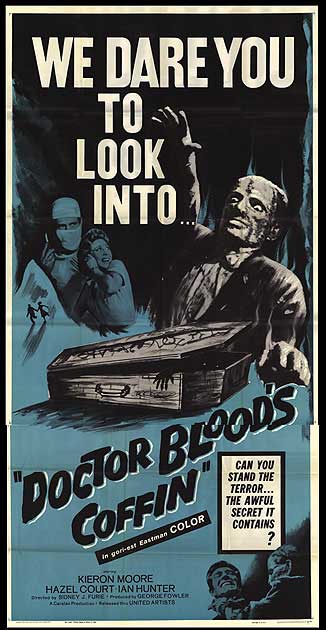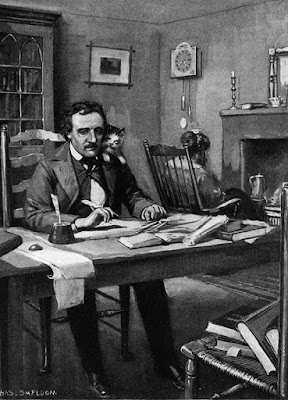Close, but no cigar: Louis Bromfield and Hollywood

In the heyday of Louis Bromfield's time as a popular American novelist -- a member of the post-World War I generation that produced F. Scott Fitzgerald and Ernest Hemingway -- he quite naturally found his talent in demand in the nation's film capital, which for a period not only utilized his published fiction as source material but also put him to work on original screenplays and adaptations. Indeed, while his name was seen on screen as often as his works appeared on the bestseller lists, studios were drawn to his swift and very human tales of souls and families at odds with themselves as well as the world around them and the rotting traditions that entrap them. Many of the movies derived from his novels and short fiction could be classified as romances, the greatest of which was Twentieth Century-Fox's version of his 1937 crowd pleaser THE RAINS CAME. And some fell into the subgenre of "weepers," as evidenced with the 1934 production THE LIFE OF VERGIE WINTER



